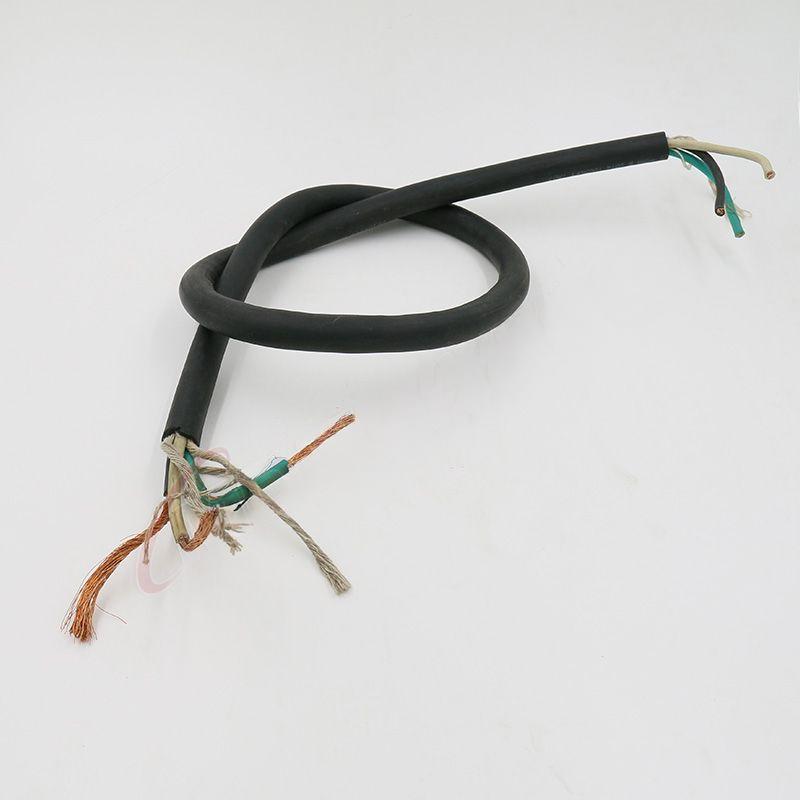9 月 . 25, 2024 18:27 Back to list
actuated ball valve
Understanding Actuated Ball Valves Mechanisms and Applications
Actuated ball valves are pivotal components in various industries, providing efficient control over the flow of fluids and gases. These valves combine the operational advantages of a traditional ball valve with an actuator, facilitating automated processes in a versatile manner. In this article, we will explore the mechanisms, types, advantages, and applications of actuated ball valves.
Mechanism of Actuated Ball Valves
At its core, a ball valve consists of a spherical disc (the ball) with a hole (the port) through its center. When the valve is rotated, either the ball allows flow when aligned with the pipeline or stops it by rotating into a position that blocks the flow. An actuator, either pneumatic, electric, or hydraulic, is attached to the valve to automate this process.
1. Pneumatic Actuators These actuators use compressed air to drive the valve open or closed. They are favored for their speed and reliability in operational scenarios requiring rapid response times. 2. Electric Actuators Utilizing electrical energy, these actuators offer precise control and are often equipped with feedback systems. This makes them ideal for applications requiring frequent adjustments and monitoring.
3. Hydraulic Actuators For heavy-duty applications, hydraulic actuators harness fluid power, delivering significant force and torque to operate large valves effectively.
Types of Actuated Ball Valves
Actuated ball valves come in several configurations, tailored for specific operational requirements
- Two-Way Ball Valves These are the most common type, allowing for flow control in two directions. They are essential in applications where fluids need to be switched between two paths.
- Three-Way Ball Valves These variants can regulate flow among three different connections, facilitating mixing and diverting operations. They are widely used in heating, ventilation, and air conditioning (HVAC) systems.
- V-Port Ball Valves With a V-shaped port, these valves allow for precise control over flow rates, making them suitable for throttling applications.
Advantages of Actuated Ball Valves
actuated ball valve

Actuated ball valves offer several significant advantages
1. Automation The primary benefit is automation. In large-scale industrial operations, manual valve manipulation can be impractical. Actuated ball valves streamline operations and minimize human error.
2. Speed and Efficiency With the help of actuators, these valves can open and close rapidly. This functionality reduces response times in critical systems, enhancing overall process efficiency.
3. Maintenance Typically, ball valves require less maintenance than other types of valves. The design minimizes potential leak points, and when used with actuators, they can provide longer service life under varying operational conditions.
4. Versatility They can be utilized across a range of industries, including oil and gas, water treatment, food processing, and pharmaceuticals, due to their adaptability to different media and environments.
Applications of Actuated Ball Valves
The application of actuated ball valves spans across numerous sectors, showcasing their flexibility
- Chemical Processing They control the flow of aggressive chemicals in processing plants, where automated responses to pressure fluctuations can prevent spills and leaks.
- Water Treatment Actuated ball valves help regulate the flow in purification systems, maintaining optimal conditions for chemical dosing and filtration.
- Oil and Gas They are integral for managing high-pressure pipelines, with actuated versions enabling remote operation in hazardous environments, ensuring safety and regulatory compliance.
- HVAC Systems The versatility of three-way ball valves is exploited in HVAC systems, allowing for efficient temperature and pressure control.
In conclusion, actuated ball valves represent a significant advancement in valve technology. Their combination of simplicity, reliability, and automation makes them indispensable in industries that require precise control of fluid dynamics. As industries continue to embrace automation and technology, the relevance of actuated ball valves will only grow, providing safe and efficient operation across various applications. Understanding their mechanisms, types, and advantages is essential for engineers and operators looking to optimize processes and enhance system performance.
Share
-
Understanding the Differences Between Wafer Type Butterfly Valve and Lugged Butterfly ValveNewsOct.25,2024
-
The Efficiency of Wafer Type Butterfly Valve and Lugged Butterfly ValveNewsOct.25,2024
-
The Ultimate Guide to Industrial Swing Check Valve: Performance, Installation, and MaintenanceNewsOct.25,2024
-
Superior Performance with Industrial Swing Check Valve: The Essential Valve for Any SystemNewsOct.25,2024
-
Industrial Swing Check Valve: The Ideal Solution for Flow ControlNewsOct.25,2024
-
You Need to Know About Industrial Swing Check Valve: Functionality, Scope, and PerformanceNewsOct.25,2024